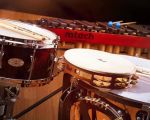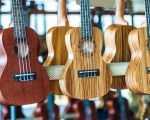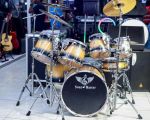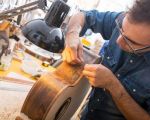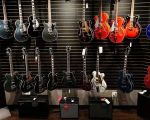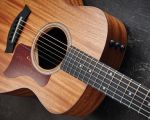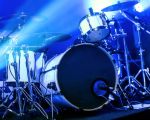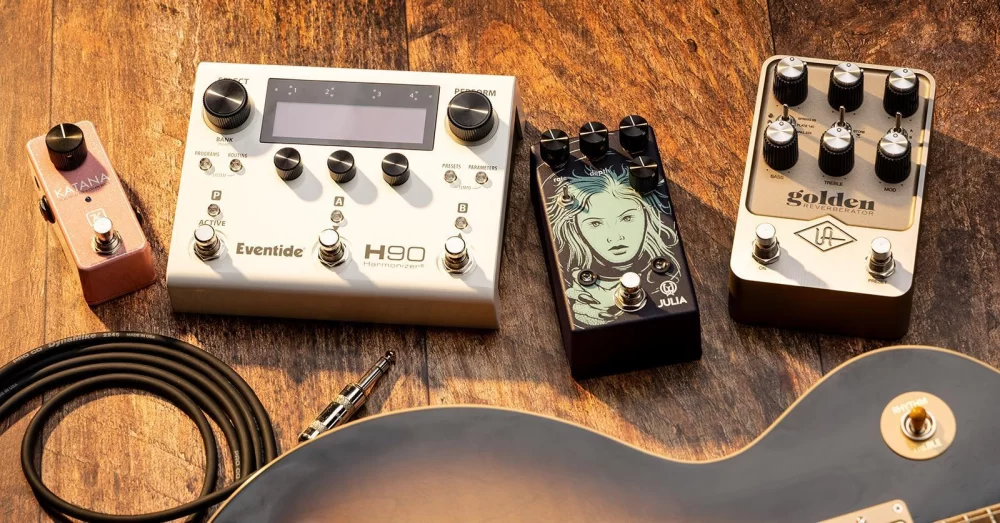
Why Choosing the Right Guitar Pedals for Live Performances Matters
As a guitarist who's played everything from dimly lit bar gigs to larger festivals, I’ve learned that the right guitar pedals can make or break a live performance. A well-curated pedalboard doesn’t just shape your tone—it keeps your sound consistent, your transitions seamless, and your creativity flowing on stage. Whether you're into blues, rock, funk, or ambient textures, having reliable gear is essential when the pressure's on and the crowd's listening.
My Journey with Live Pedalboards: From Chaos to Control
I still remember one of my earliest shows at a packed local venue in Austin, Texas. I brought a dozen pedals, half of which I didn’t end up using. Between tangled patch cables and a mysterious hum that haunted my signal chain, I was more focused on troubleshooting than performing. That night, I vowed to streamline my setup with gear that could withstand the demands of a live setting.
1. Overdrive & Distortion: Grit That Cuts Through the Mix
No matter your genre, an overdrive or distortion pedal is often the heart of your tone. After trying dozens, I swear by the Fulltone OCD and the Wampler Tumnus Deluxe. The OCD delivers rich harmonics and tube-like response, perfect for classic rock and blues. The Tumnus, on the other hand, provides a warm mid-boost that helps solos pierce through even the densest mixes.
How I Use It Live
I typically set the OCD for a crunch rhythm tone and kick in the Tumnus for leads. It creates a beautiful layered gain structure without getting muddy. This setup saved my tone during a rainy outdoor set where I had to adapt to unfamiliar backline amps on the fly.
2. Modulation: Bringing Movement and Texture
Modulation can elevate your clean tones and add dimension to solos. My go-to pedal here is the Strymon Mobius. It's versatile enough to replace a whole board of individual phasers, flangers, and choruses. From vintage Uni-Vibe swirls to wild rotary speaker effects, it’s all in there, with pristine sound quality.
Stage Application
During a cover of Pink Floyd’s “Breathe,” I used the Mobius to switch from slow phasing in the verse to a thick chorus for the solo—all with one footswitch. Audiences notice the difference when your modulation matches the dynamics of the song.
3. Delay & Reverb: The Ambience Engine
No live pedalboard is complete without ambient control. The Strymon Timeline and the Boss RV-500 are the undisputed kings in this space. The Timeline provides deep digital delay textures, while the RV-500’s spacious reverbs create everything from subtle room ambiance to massive post-rock soundscapes.
Gig Survival Story
At a Nashville songwriter night, the venue's natural acoustics were dry and flat. I used a light shimmer reverb from the RV-500 combined with a slapback delay to fill out the sound. The difference in presence and emotional depth was unreal—it turned a simple ballad into something cinematic.
4. Utility Pedals: Tuners, Loopers, and Switchers
Sometimes the unsung heroes are what keep your performance tight. The BOSS TU-3 is rugged and accurate, perfect for noisy environments. I also never leave home without my TC Electronic Ditto Looper for solo gigs—it adds texture and layers when playing without a band.
Live Looping Breakthrough
Once at a solo cafe gig, I looped a jazzy rhythm progression and soloed over it, watching the audience's heads nod in sync. It was a small moment that showed me how even minimal gear, when used creatively, can leave a lasting impression.
5. Power & Pedalboard Layout: Keeping It Organized
All this gear needs clean, isolated power. I trust the Voodoo Lab Pedal Power 2 Plus. It's quiet, reliable, and has saved me from more than a few potential mid-set disasters. As for layout, I recommend using a Pedaltrain Metro 20 board for portability and easy access during quick changeovers between bands.
Real Gig Prep Checklist
- Label your cables and pedals to speed up setup and teardown
- Always bring a backup patch cable and 9V adapter
- Practice switching between presets in the dark
Those little details make all the difference when the lights go down and the pressure goes up.
Final Thoughts on Building Your Live Pedalboard
Building the perfect live rig isn’t just about collecting pedals—it’s about understanding your music, your performance space, and your audience. Every pedal on my board has earned its place through trial, error, and a whole lot of sweat under stage lights. If you’re looking for reliable recommendations and real-world-tested gear, I hope my experiences help you craft a setup that supports your unique style. For more curated gear guides and top-tier service, you can always check out our picks on Beat Trigger.

